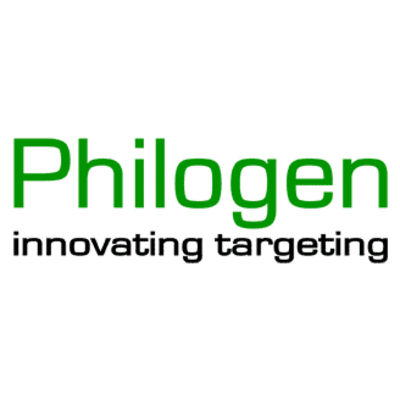|
|
|
|
|
|
最高研发阶段临床2期 |
首次获批国家/地区- |
首次获批日期1800-01-20 |
|
|
|
|
|
非在研适应症- |
最高研发阶段临床前 |
首次获批国家/地区- |
首次获批日期1800-01-20 |
A Phase I Study to Evaluate the Safety and Preliminary Signs of Efficacy of [177Lu]Lu-OncoFAP-23 Alone or in Combination with L19-IL2 As a Treatment of Metastatic FAP-positive Solid Tumors
The aim of this study is to assess the safety of [177Lu]Lu-OncoFAP-23 alone or in combination with L19-IL2 for the treatment of advanced/metastatic Fibroblast Activation Protein (FAP)-positive solid tumors and to establish a Recommended Dose (RD).
A Phase 2, Three-arm, Randomized Study of the Efficacy of Intratumorally Administered L19IL2 or L19TNF or L19IL2/L19TNF, All in Combination with Systemic Anti-PD1 Pembrolizumab, in Stage III and IV Unresectable Melanoma Patients with Resistance to or Progressing Upon Anti-PD1 Checkpoint Inhibitors and with Presence of Injectable Metastases
The trial aims to evaluate the efficacy of single agent L19IL2, single agent L19TNF, and combination L19IL2+L19TNF given concurrently with anti-PD1 therapy compared to historical control of anti-PD-1 re-challenge alone for anti-PD1 refractory unresectable stage III-IV melanoma.
100 项与 IL-2R x EDB-FN 相关的临床结果
100 项与 IL-2R x EDB-FN 相关的转化医学
0 项与 IL-2R x EDB-FN 相关的专利(医药)


